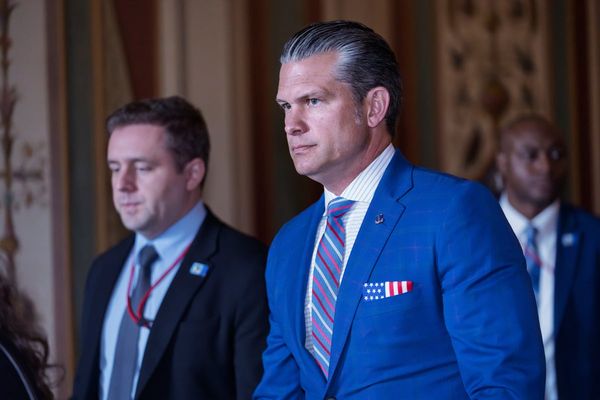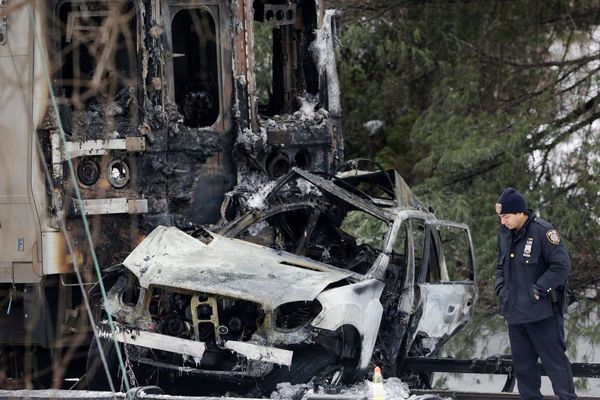
The old U.S. Steel South Works site — nearly 500 acres of cleared land right on the lakefront — has been largely quiet since the big mill was demolished 30 years ago.
The rare exception happened in July 2011, when 100,000 people flocked to the site to attend the Dave Matthews Caravan, a three-day music festival with 38 acts and a fairground complete with the Chicago-born invention, the Ferris wheel.
But after the third day, the whole setup vanished like Brigadoon. And despite its size, the event is barely a blip on the city’s collective memory.
Think about it. The city readily recalls when Dave Matthews’s tour bus crossed the Kinzie Street bridge in 2004 and accidentally dumped 800 pounds of human waste onto a sightseeing boat passing below on the Chicago River.
But that acts like Dave Matthews, Sharon Jones & The Dap Kings, Liz Phair, Amos Lee and Emmylou Harris performed at 83rd Street and Lake Michigan? Not as much.
As the weather warms and parks and open spaces are again gobbled up for days at a time with paid concerts and ticketed events, we should remember the Dave Matthews Caravan.
If nothing else, the festival showed what is becoming clearer each summer: Chicago needs a major, permanent fairground and outdoor music venue.
Why not build one at South Works?
‘A natural resource in our midst’
Produced by Jam Productions and Live Nation, the Caravan featured acts on three temporary concert stages.
The festival used about 140 acres of the massive site. Water and electricity had to be brought in, making the setup more Woodstock ‘69 than anything formal. But it worked.
Emily Portugal was there. She’d come to see alt rocker Ben Folds.
“It was one of those gorgeous Chicago nights,” she recalled. “And I remember being really kind of wowed by the proximity to the city, and the view and just, like, what a natural resource that was in our midst.”
Back then, South Works was set to be turned into a new community of homes, parks, retail and high-rises called Chicago Lakeside.
The festival was designed to market the site and push against the idea that the South Chicago neighborhood site was too far south (code for “too poor and Black and Brown”) to be of real interest.
“It was somewhat to quell the fears of people that thought this is in the most dangerous part of our city — which it isn’t,” Lakeside’s developer Dan McCaffery remembered.
“And the people in the community, my God, the number of them that came forward and said, ‘We’ll park cars,’ ‘We’ll guide the traffic.’ ‘We’ll be ambassadors.’ I mean, it was a wonderful event. Wonderful.’
A Ravinia for the South Lakefront?
Too bad South Works was one-and-done as a concert destination. Imagine sitting out there beneath all that open sky, right next to that great blue watery expanse in a well-designed, park-like outdoor facility.
A South Side Ravinia.
There is the Pritzker Pavilion at Millennium Park and Huntington Bank Pavilion, a 30,000-seat amphitheater on Northerly Island — and those are all well and good.
But given how neighborhood parks are being overburdened as event hosts, the city needs more. And something big, new and exciting.
Could a chunk of South Works be that place? Lakeside never happened. U.S. Steel, which owns the site, abandoned the plan in 2016 and McCaffery had to walk away. A subsequent effort with a different developer fell through also.
However, McCaffery said he doesn’t like the idea of a music venue and festival grounds at South Works.
“You have to ask yourself: ‘Who wants to live around a festival ground?’ The noise. I would not want to be going home too often with crowds going to a festival ground around me,” he said.
McCaffrey raises a good point. But given the size of South Works — there’s enough land for 21 Millennium Parks — there’s room to consider creating a sizable venue that is buffered from the South Chicago community and whatever development may come to the site.
Meanwhile, South Works just sits. The city, state and federal governments spent $60 million to extend U.S. 41 through the site to spark development, and I’d like to see us build something meaningful and get a return on that dough.
“It’s really exciting to think about [South Works] being turned into something that could serve as an economic development driver — or cultural — for the community,” Portugal said.
Agreed. Now to get U.S. Steel, and maybe the next mayor, to agree as well.
Lee Bey is the Chicago Sun-Times architecture critic and a member of the Editorial Board.
Want to write a letter to the editor or submit an op-ed for the Sun-Times? See our guidelines.







